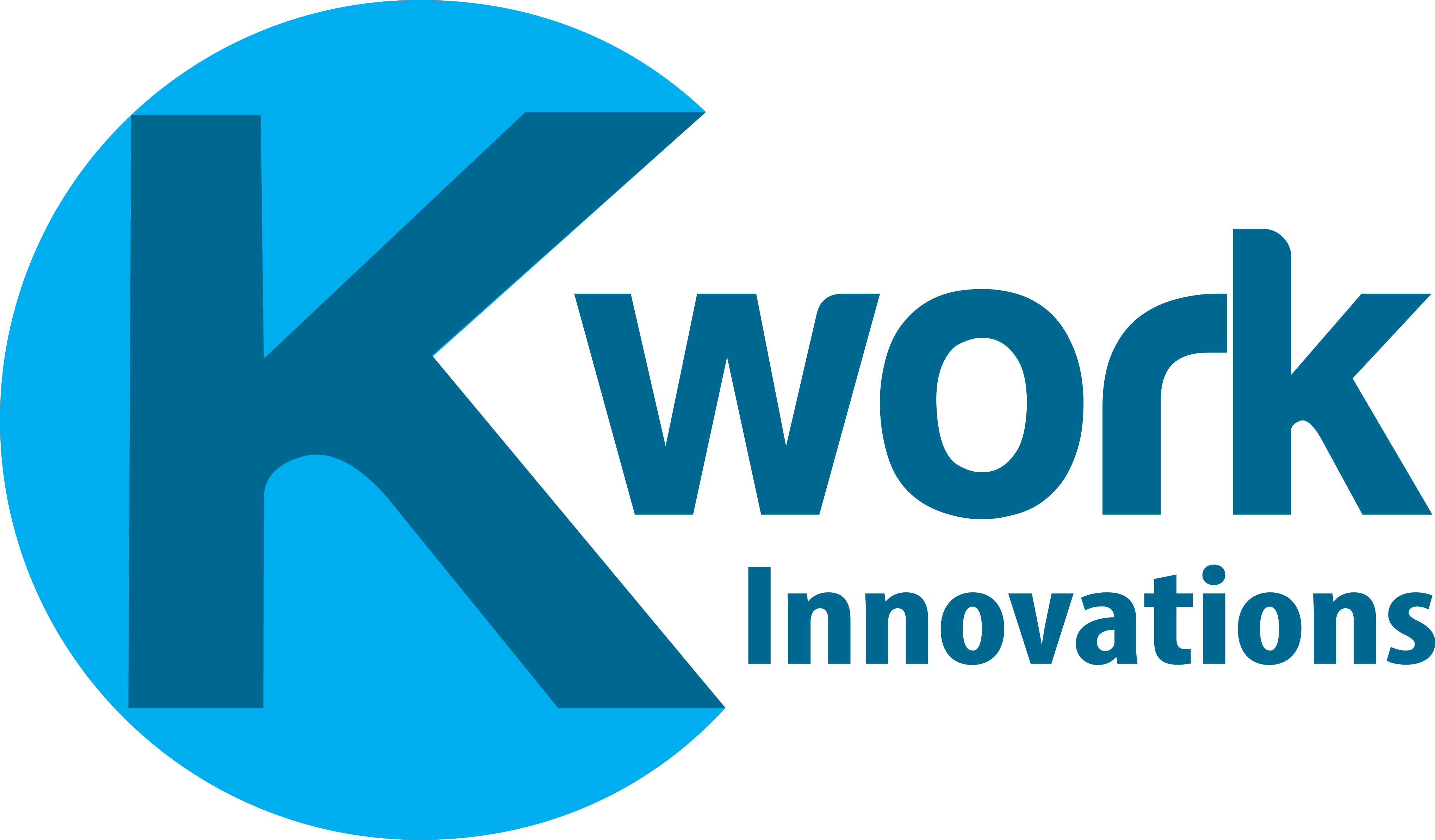In spite of a variety of benefits, it’s unclear how chatbots can be made to work in a practical sense. In this article, we’ll find out principles and steps of chatbot service design, as well as some common mistakes when it comes to building these AI bots.
What Is Chatbot Design?
Understanding How Every Chatbot Works
A chatbot is a computer program that is designed to interact with the human or other chatbots via a messaging platform (e.g., Facebook Messenger).
The bot uses NLP (Natural Language Processing) to analyze and understand your sentence.
The bot carries out its task using coding sequences as instructions by designers. The more tasks it deals with, the better it becomes because it can learn by itself. This concept is called machine learning.
However, there are many occasions when the problem is so new that the bot can’t solve. In this case, it automatically directs you to a human agent. Then, you work with a human as usual. But the bot is still there to learn from the human. It’s called supervised learning.
Behind the scene, designers write new codes so that the bot can solve new problems itself next time.
What Does It Mean to Design a Chatbot?
There are many technologies behind a chatbot. It is the job of chatbot designers to choose the suitable technologies and do some further engineering for different bots.
For example, if a client does not want to use Facebook Messenger as the messaging platform for his/her bot, the designer can advise the client on what other platforms to choose and build the bot into these platforms. If the client wants his/her bot to give voice-based answers, the designer has to use the right technology to do that.
Therefore, designing a bot means mastering many technologies that can help a bot function and combining those technologies to build a unique bot as required by the client.
Core Principles of Chatbot Service Design
Good User Experience Is a Must
Most chatbot business use cases are in the customer service sector where clients’ satisfaction is of overriding importance.
To ensure good user experience, the following questions must be asked:
Can the bot solve problems easily and quickly?
Can it solve problems better than humans or other machines which are its rivals on the market?
Is it accessible? (Are there many people on its platform? Is it easy to use?)
Intelligence Doesn’t Guarantee User Experience
A chatbot doesn’t need the highest level of NLP or the best voice-based engine to satisfy customers. Although it’s good to develop technology and experiment with advanced bots, the correlation between a bot’s intelligence and good user experience is not as strong as you might think. People do not care much about what runs a bot. They care more about its problem solving, instead.
In this sense, it’s wise not to allocate much money to the technological aspects in the first place. The money should be saved for marketing and the long procedure of assessing customer responses. It is these customer responses that show whether the technological investments are worthwhile and what should be done next.
Focus on Solving Problems
To compete, a chatbot should be able to solve problems within a minimum number of steps. It should be easy to use and does not require too much typing. Besides, it should be smart enough to understand requests and not ask users to clarify what it can find out by itself. All of these abilities ensure a smooth process of problem solving, which can increase the user adoption.
5 Steps of Chatbot Service Design
Step 1: Determine the Bot’s Functions
This is the most important step of all: Be very specific about what functions you want your bot to serve.
For example, will your bot just answer questions from customers or will it also manage payments and make orders?
Without knowing specifically what a bot will do, designers can hardly succeed in their job. It’s advisable for designers to focus on a small number of functions at the beginning. Only after a while of careful market observation and planning should they invest more to diversify their chatbots’ features.
Step 2: Choose a Channel
Chatbots can be built on any channels that carry a dialog. You can use the conventional mobile carrier channels such as SMS (Short Message Service) and USSD (Unstructured Supplementary Service Data). But these are not common.
It’s advisable to choose a popular channel or one that is favored by your targeted customers. The top 3 dominating mobile messengers are Facebook, Whatsapp, and WeChat. According to statista.com, there are 126.2 million Facebook Messenger users in the US alone in 2018. This figure is forecast to reach 139.2 million in 2020. Facebook Messenger is the favorite platform for chatbots.
You also have to choose between a channel that has already had some interactions with customers (for example, your own website) or one completely new platform with no existing programs. It’s usually easier to start fresh and build whatever bots you want into a completely new platform than using the old one.
Step 3: Build the Conversational Architecture
Most websites, smartphones and Microsoft Windows have GUI (Graphical User Interface). Basically, GUI allows users to interact with electronic devices using icons. For example, you turn on your laptop and see different icons representing different functions such as Shut Down, Restart, My Computer, Sounds, etc. It’s the Graphical User Interface.
With GUI, you cannot have a conversation with your device. The interaction possibilities are limited because you do not use texts or words; you simply click.
This is where chatbots differ from other chatting apps. They use CUI (Conversational User Interface), which is open-ended. People converse or chat with bots using human languages, which are unbelievably diverse and complex.
For a bot to work, it doesn’t only need NLP to understand a request but it also needs to pick the right answers to the request. Designers must consider all of the possible requests, then write codes to instruct the bot to select correct answers from the database.
This task is complicated because people say one thing in different ways. And they may deviate from their original questions, making each conversation unique. Some people even attempt to troll the bot to see how it handles a weird situation. That’s why designers envision all the conversational possibilities.
In other words, they’re trying to smooth the conversational flow. This process is the Conversational Architecture. Without it, a bot may be useless. It’s also among the toughest challenges in chatbot service design.
Step 4: Make Better Wording
After the third step, your bot can now respond appropriately. But it’s not enough. The bad scenario we must avoid is customers’ boredom with the bot’s repetitive and mechanical responses. Therefore, your bot should say the same things in different ways like humans.
For example, you design different ways for your bot to say “I don’t understand. Can you repeat?”. The alternatives may be “I’m sorry, I don’t follow. Can you explain?” or “Oops I missed your point. Please explain”, which are more human-like and prompting.
This process involves collecting real-conversation data to find out what kinds of responses your customers favor.
Step 5: Build the Bot, Test It Out and Keep Improving It
So far, you’ve chosen a specific purpose and popular communication channel for your bot, taught it to analyze requests and respond not only with correct information but also with a human touch.
Those are the basic ingredients for a bot. Now it’s the time for hours of professional coding and designing to ensure the smooth integration of all ingredients.
There is always room for improvement in the first model. Therefore, you should test it with a small number of people. Afterward, you can make adjustments until the bot is ready for a wider release. Before it’s ready, it should only operate on a small scale.
Common Mistakes in Chatbot Service Design
No Clear Aims from the Start
A successful chatbot service design requires much more than a simple idea like “I want my bot to answer FAQs about my company”.
There are important factors you must plan from the onset: how much you can invest now and in the future, what platform you will integrate your bot into, what future expansion of functions you can put into the bot, what to do to facilitate expansion, how to deal with varied reactions from customers, and so on.
Bad Conversations
Without the right conversational flow, customers will get impatient and dissatisfied.
To avoid this, a bot should be able to analyze sentences accurately, extract the right information and process it to give useful and human-like responses.
There are many ways to identify a bad bot. For example, it ends the conversation with no further questions like “Can I help you with anything else?”. Close-ended conversations aren’t inviting to customers. Or it just says “Hi” without giving options to prompt customers or asking “How can I help you?”. But spamming with offers, promotions or excessive information is even worse.

